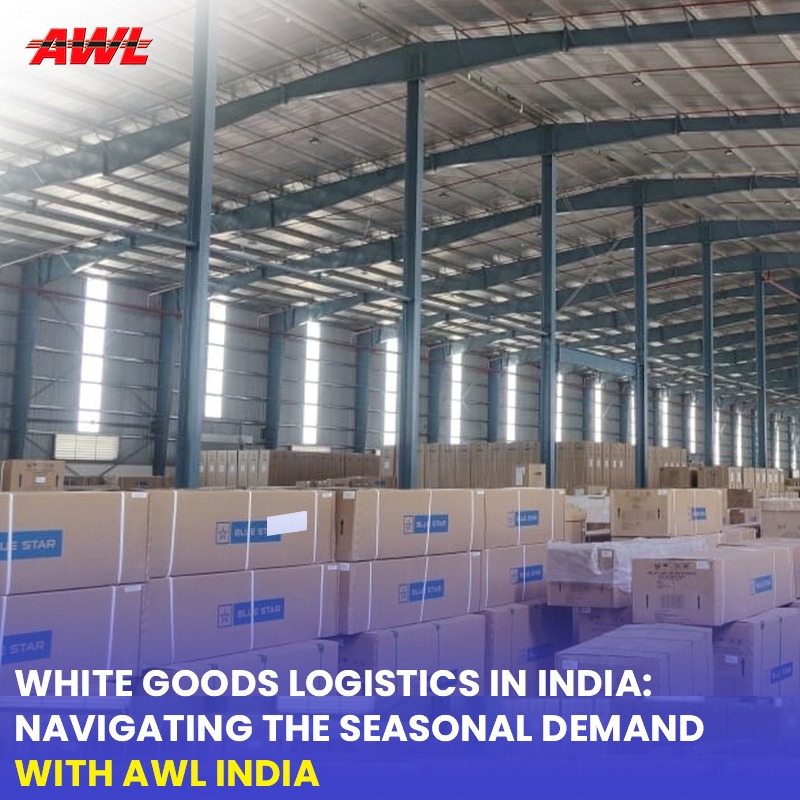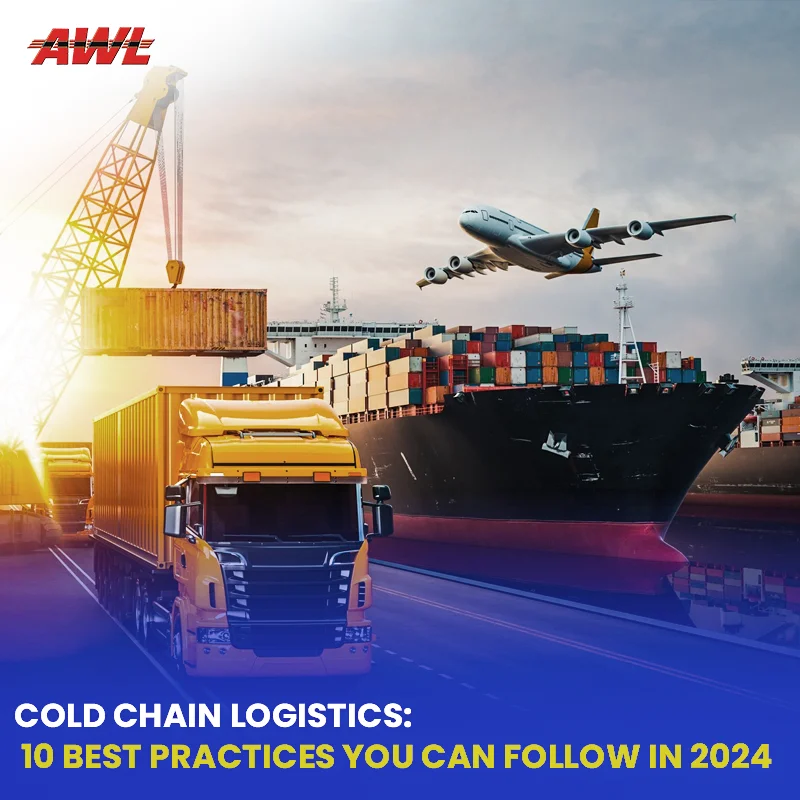

In the complex internet of present-day business, the smooth transportation of temperature-sensitive gadgets is a crucial detail. Whether it is prescription drugs or perishable goods, the cold chain logistics region is important in guaranteeing that products arrive at their intended area in an ideal situation. This intricate system requires cautious guidance, implementation, and an intensive comprehension of the challenges at hand. In this thorough examination, we look into the pinnacle of ten techniques that might be influencing the evolution of bloodless chain logistics in 2024.
The cold chain is a cautiously deliberate gadget that spans from the source to the give-up consumer. It entails a complex network of storage, transportation, and handling methods, all of which are designed to maintain the perfect temperature. Any interruption in this cold chain logistics can result in product deterioration, spoilage, or protection dangers. The consequences of bloodless chain breakdowns can be widespread, affecting businesses and clients. The ten satisfactory practices for bloodless chain excellence.
It is critical to identify vulnerabilities in the bloodless chain. A complete danger evaluation includes comparing each step in the delivery chain, from sourcing to distribution. By pinpointing hazards and weak factors, groups can put particular techniques in place to guard product integrity.
Continuous tracking of product temperatures is crucial for maintaining ideal situations. Technologies like IoT sensors and actual-time record analytics provide treasured insights into the bloodless chain's integrity. By analyzing temperature information, companies can discover tendencies and anomalies and address troubles proactively.
Investing in quality packaging and insulation substances is essential for maintaining product temperature for the duration of transit. Packaging design shouldn't forget product traits, transportation modes, and environmental situations. Optimizing packaging solutions allows you to limit temperature fluctuations and shield products from outside factors.
A properly skilled body of workers is critical for a successful cold chain operation. Training applications have to cover product coping, gadget preservation, emergency procedures, and industry quality practices. Certification programs enhance worker abilities and information, ensuring compliance with first-rate standards.
Having a clear emergency preparedness plan is essential for minimizing the effects of sudden disruptions. This consists of identifying risks, developing contingency plans, and engaging in drills for readiness. Key additives of an emergency plan need to consist of backup electricity resources and opportunity transportation methods.
It is crucial to implement strict quality control measures and ensure compliance with regulations throughout the cold chain Regular inspections, audits, and product testing are necessary to identify and remedy capacity issues for cold chain transport. Adhering to enterprise standards and guidelines is crucial for establishing consideration and credibility with customers.
Utilizing information analytics to optimize cold chain operations is vital. By analyzing temperature facts, transportation routes, and overall performance metrics, organizations can pick out patterns, discover anomalies, and proactively address areas for development. Embracing a lifestyle of non-stop improvement ensures that bloodless chain operations remain efficient and powerful.
Incorporating advanced technology can enhance cold chain visibility, performance, and compliance. Blockchain generation allows steady and transparent monitoring of products at some stage in the supply chain. Artificial intelligence and system study can optimize routing, predict maintenance desires, and decorate decision-making.
Establishing strong relationships with providers, vendors, and generation companies is important for a resilient cold chain. Collaboration promotes innovation, expertise sharing, and shared responsibility for retaining product integrity. By operating collectively, enterprise stakeholders can create a more green and resilient cold chain ecosystem.
Integrating sustainable practices into bloodless chain operations is becoming increasingly vital. Adopting green packaging substances, optimizing transportation routes to reduce carbon emissions, and making an investment in renewable energy assets are some ways to decrease the environmental effects of bloodless chain logistics.
Read - A Guide to Cold Chain Logistics
AWL India recognizes the critical significance of cold chain logistics. Our specialization lies in providing comprehensive answers to guarantee the stable and punctual transport of temperature-touchy goods. Through a focal point on innovation, generation, and consumer contentment, we've placed ourselves as a pacesetter within the discipline. Our advanced cold chain management solution, blended with our dedication to upholding rigorous quality standards, distinguishes us from others. We utilize the latest technology to supervise shipments in real time, ensuring the restoration of product integrity at some stage in the delivery chain. Our group of experts is devoted to handing over custom-designed solutions to meet the wonderful necessities of every patron, fostering belief and enduring partnerships.
The bloodless chain region is ready for sizable enlargement, fueled by the growing need for temperature-sensitive goods and progress in this era. Through adopting pinnacle-notch methods, putting resources into innovation, and nurturing robust industry partnerships, we will together assure the steady and effective transportation of those crucial products. Awl India Pvt Ltd is devoted to leading this transformation, selling superiority, and organizing sparkling benchmarks in bloodless chain logistics. Select AWL India as your dependable ally in safeguarding product authenticity and reaching outstanding outcomes. Get in contact with us now to discover more about our all-encompassing bloodless chain resolutions.
As refrigerated warehouse capacity expands, the costs associated with development can be high and there may be challenges in meeting increasing demand. The cold-chain industry presents a promising market for innovation in supply chain logistics, with ample room for growth and advancements in technology.
The process includes the use of temperature-controlled storage facilities, refrigerated trucks, and state-of-the-art technologies like insulated packaging and temperature-monitoring sensors to maintain products within specified temperature ranges.
The cold chain process is a logistical management procedure for perishable goods that require refrigerated temperatures to uphold quality and safety throughout the entire journey. It encompasses a series of steps to handle, store, and deliver products within the cold supply chain.

